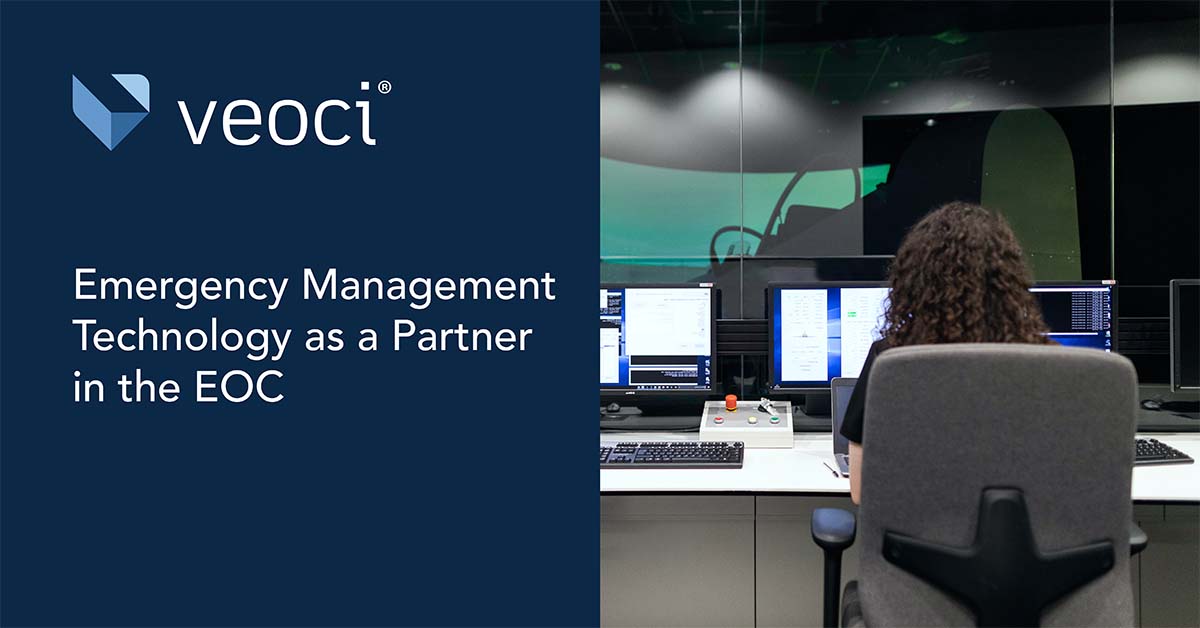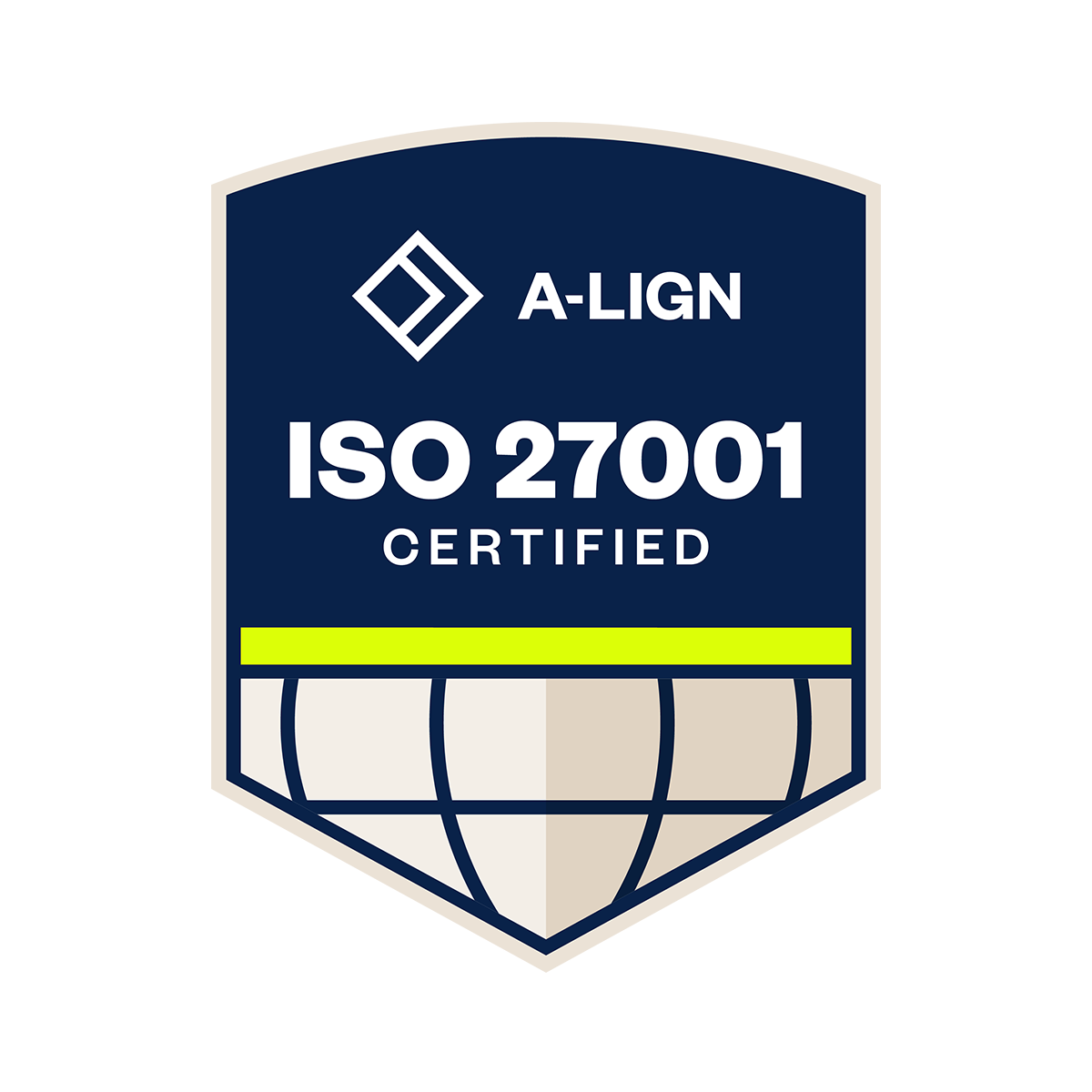Our lives are centered around technology. Gone are the days where making a phone call from the car, purchasing things online or asking Alexa or Siri what the weather looks like is groundbreaking.
But it’s not just our personal lives where gadgets have planted themselves in our days; our jobs are now dependent upon a WiFi connection, a charged laptop, or a phone or tablet for the field. Technology has become critical for many people, but no more so than for those who serve as first responders. The responders who coordinate and respond to emergencies and navigate the chaos rely on technology to fulfill their daily duties.
Emergency operation centers (EOCs) are the brain when disasters strike. An EOC is the meeting place where every safety entity goes to establish a common operating picture and set a response’s course. FEMA recognizes four hallmarks of an EOC:
- An EOC is a coordination structure for collecting, analyzing, and sharing information
- An EOC supports resource needs and requests, including allocation and tracking
- An EOC coordinates plans and determines current and future needs
- An EOC provides coordination and policy direction
EOCs are essential, and the proper technology can take an EOCs operations to a new level by enabling processes and stakeholders.
Technology’s Role in the EOC
The dance with technology in EOCs is either graceful or a fight for who will lead. Without a solid understanding of the EOCs needs or the benefits of technology, EOC partners will probably be frustrated. Purchased technology should be reliable, intuitive, and flexible enough for other departments and jurisdictions to utilize. Ultimately, technology in the EOC needs to facilitate key aspects of operations.
Communication
Technology imparts communications abilities that streamline and strengthen emergency responses. EOCs are able to provide advanced warnings to citizens through mass notifications, and can even geo-target their messages.
A cloud-based platform helps get alerts out internally to departments, jurisdictions, or other organizations. Notifications can update responders, give assignments and disseminate links to appropriate forms or processes needed from the field.
Radio communications, digital video conferencing, GIS mapping, and more provide real-time reports as well as an aerial view of what is happening at and around the event.
Collaboration
Cloud-based platforms also provide great opportunities for collaboration regardless of time or location. Without a holistic view of what is happening, coordination becomes infinitely more difficult. Technology within an EOC encourages the joint actions between fire, EMS, police and other responding entities.
EOC technology should also be capable of adapting to changing information. You should assume that new sources of data will emerge during a crisis, and find confidence in the EOC’s software to handle data management throughout a response.
Training and Daily Operations
An understanding of how to use the technology available within an EOC is essential to the success of operations, especially from end-users.
A virtual space for managing all aspects of an EOC, from planning to response, makes everything more accessible; the visibility inherent to platforms critically changes the dynamic of the EOC. Stakeholders can easily search a platform when they have questions or need to reference existing plans and procedures. Having all of the processes and data within one space also makes running exercises that much more efficient and makes working actionable items back into plans a painless process.
Training allows EOCs to go from relative decision making to proactive decision making; reviewing how teams respond within a test environment and seeing what works and doesn’t work allows for excellent takeaways for future use.
Running drills and simulations also ensures that all software and other technology are functional and up-to-date. These operations are an opportunity to change unknown or expired passwords and check that user certifications and other verifications are still valid. Technology can be the hero in many emergency situations, but this can only happen when the technology is maintained and well-used by its end users.
Day-to-day operations within an EOC benefit from today’s technology. By automating different duties and introducing tools that streamline processes, personnel are able to spend more time on priority tasks. Technology can handle inventory management, document management, digital and internet connectivity, citizen journalism — and more — letting stakeholders remotely manage everything from on platform.
Decision Making
Data collection and analysis during a critical event creates the foundation for directors and managers to make decisions. Technology has become an integral part of this process.
EOCs can review historical and current data simultaneously to determine early warning signs for different disasters. Once factors have been identified and uploaded, software can then detect and target patterns to allow for longer lead times. Appropriate triggers and escalation protocols can also be identified and then implemented, immediately setting off the correct response to whatever event may occur.
Quick and concise decision making is a must during disasters, which means data needs to be both accurate and available. Plans can fail unexpectedly. Having useful information immediately is invaluable when dealing with a major disruption risk; technology supplies a level of speed and quality that is unmatched and invaluable in these situations.
Rinse and Repeat
Technology is an excellent partner within an EOC, but like any good relationship, it requires commitment to understanding and proper maintenance.
Providing critical information and making processes simpler – those are the two main goals of technology within an EOC. With so much at stake during an emergency, it brings peace of mind knowing that a little preparation beforehand grants some control when chaos strikes; a perfect partnership. Read more about how different industries handle emergency management here.








